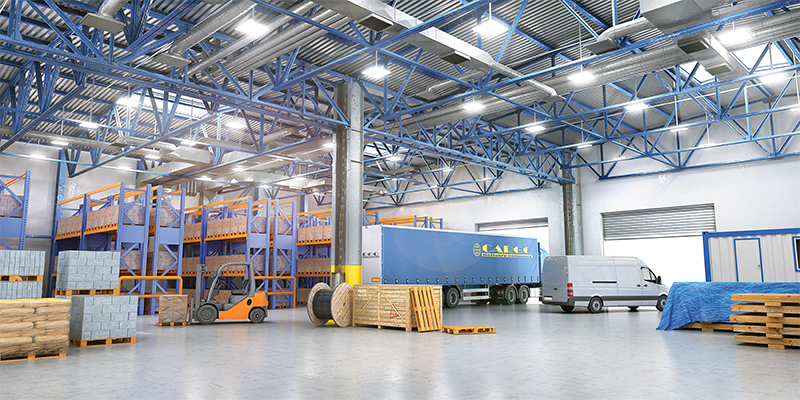There is no doubt COVID-19 has accelerated the already changing nature of commerce and work and introduced a new layer of considerations for commercial real estate development.
Prior to the outbreak, we saw e-commerce’s exponential trajectory, increased demand for immediate goods, and the rise of urban industrial development to fulfill last-mile needs. All of these factors have created the now-accelerated need for more urbanized solutions and the inclusion of a better-integrated workforce. The emergent need for a more resilient, reliable and reconfigurable supply chain that is more locally grounded will drive this change even further.
In a recent webinar exclusive to National Forums members, KSS Architects Partner Ed Klimek, AIA, NCARB, discussed how industrial and office development can respond to these changes in order to bring the most value in a post-COVID-19 world.
In many ways, the pandemic revealed where the U.S. is vulnerable, Klimek said: lack of health infrastructure, lack of preparedness, and shortcomings in social and economic infrastructure. We will continue to face the impact for years and months to come.
What has quickly become evident, he said, is that the most stable supply chains are those that also have a strong local source. “While the U.S. food supply chain has been challenged, it is largely intact because it is mostly locally sourced,” he pointed out.
There were many shifts in the supply chain before the pandemic, Klimek said, but COVID-19 has accelerated them. In the post COVID-19 world, Klimek believes the new supply chain Key Performance Indicators will be resilience, responsiveness and reconfigurability.
“When you begin to integrate the localized notion of supply chain and understand that it needs to be responsive, development as we know it changes,” Klimek said.
Klimek envisions a day when instead of importing finished goods from China, the U.S. instead imports component parts, and assembles products locally. “If industrial development continues the way we anticipate in the future, based more on componentry than finished goods, there will be many more people in [industrial facilities],” he said.
“Make no mistake, there will be regulation around this,” Klimek said, referring to the density of workers within an industrial workplace. As e-commerce demand has surged with the stay-at-home orders across the U.S., employees at distribution centers have turned to strikes to demand safer work environments.
He sees the principles of the WELL Building Standard™ – which are adapted to balance workers’ health and safety with social and wellness needs – increasingly integrated into industrial facilities to help create more connected, yet safe, environments where we live, work, make and play.
Klimek said he believes the industrial workplace will also change “because it makes business sense.” He shared an example of an e-commerce client whose energy costs accounted for 1% of expenses and rent/operations 9%, while workers’ salaries and benefits accounted for a whopping 90% of expenses. The cost of turnover for warehouse workers could reach 25% of their salary. Employee retention can have a major impact on a company’s bottom line.
When Americans as a whole start to return to work, what will that workplace look like?
Klimek posed a question: “Why go back to work in the office at all, if we’re successfully teleworking? Answering that question is more important than how.”
Klimek said his company has started surveying its employees to try to answer that question. They’ve asked team members if they would or would not like to return to the office and why. He pointed out that some of their younger employees live alone and might be excited by the prospect of collaboration and interaction with colleagues.
Does Klimek see companies using more real estate for their offices to account for social distancing?
“Undoubtedly there will be fewer people in office spaces, but you also need more space to separate them,” he said. “It’s very difficult to discern how much we really need. I think we’ll begin to understand more over the next several months.”
“We’re all trying to figure out what happens next,” he added. “The biggest takeaway is that the pandemic is just accelerating the trends we already saw developing.”
Learn more about NAIOP’s National Forums program and submit your application for consideration. Visit the NAIOP Response: COVID-19 page for critical resources and knowledge to support you now.














